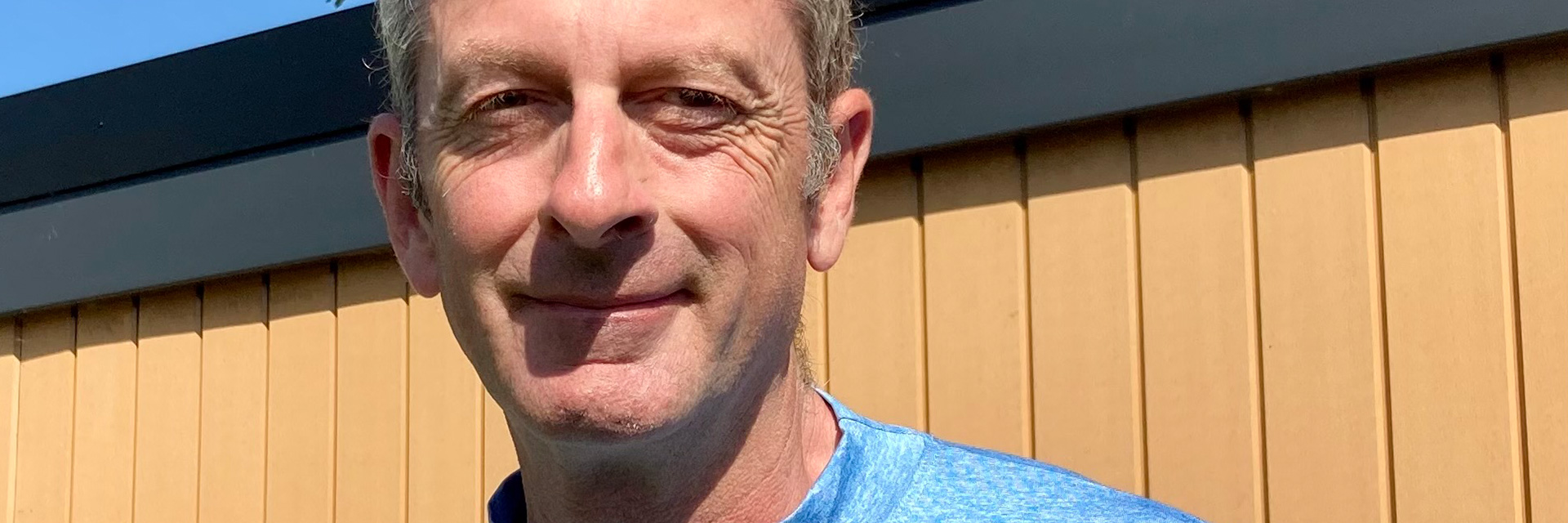Karl Morris: The Mind Factor

You’re standing over a vital five-foot putt, doing your level best to commit to a smelly left-to-right line, when you suddenly hear your brain asking “Hmm, I wonder what’s for tea tonight…”
Believe me, this is not as uncommon as it sounds. Ok, it might not always be food-related; but whatever level we have reached in the game, our focus can go a-wandering at the most inappropriate moments. It can even happen to the best of us. Just ask the oldest major champion of them all.
“I have a hard time keeping focused for a period of time,” said Phil Mickelson earlier this year. “I go through spells of three or four holes where I’ll throw five or six shots away. I just kind of go mind-numb. My ability to regain focus has been the biggest challenge as I’ve gotten older. I don’t have a great solution right now. But I’m working on it.”
Phil’s amazing PGA victory at Kiawah Island – one in which a new-found focus was evident – shows just how successful his work was. Phil talked of “expanding the mind like a muscle”, using meditation and prolonged spells of concentration to build it up.
Whether you follow his path or find your own way, there is no question that focus is an essential element of performance. Essentially, focus is the act of bringing your attention to the task in front of you. This is not as easy as it sounds. The mind has a mind of its own. Its natural state is to jump around from one thought to the next, something Eastern philosophers have long termed the Monkey Mind. If you’re day-dreaming, it’s fine to let it go where it will; but if you have a task you want to complete, it’s all about bringing your mind back to where you need to be. But how do we achieve that?
Your first step is to understand and accept the hopping nature of focus. Sure, we’d rather not be thinking about bangers and mash as we prepare to take the club away; but if the thought does rear its head it is not a sign of failure. The key is to notice the thought and let it pass without making too much of a meal of it, so to speak. A sudden random thought doesn’t have to de-rail you, though if it does happen to take root you are best off backing away and resetting.
The second step is based around a simple word: intention. Intention is what you want the ball to do. On this occasion, we want the ball to start left-edge of the hole and drop in at around 7 o’clock on the hole’s clockface. Your intention is the source of your focus. If your focus wanders, work harder on setting and committing to an intention. If your mind drifts off that intention, accept it and smoothly bring your focus back on to it.
Focus may not be a physical thing: but as Mickelson implies, it can be worked on, strengthened and made more robust. Phil himself is a prime example of the potential rewards of doing so; but there were two other performance-related elements of his famous victory that caught my eye… and from which we can all learn:
- Swing with commitment. Speaking after his victorious final round, Phil said: “I had made some uncommitted swings the first six holes. My caddie Tim pulled me aside and said, ‘If you’re going to win this thing, you’re going to have to make committed golf swings.’ It hit me in the head. I can’t control the outcome, I have to swing committed. The first one I made was the drive on 7. It gave me a chance to get down by the green and make birdie. From there on, I hit a lot of really good shots because I was committed to each one.”
Many golfers misunderstand what is meant by making a committed swing. They read it as going all out, hitting hard. But no. A committed swing is one where you stay true to the shot you’re going to play and let go of the outcome – and that could be clubbing up and making a soft, smooth swing just as easily as hitting a hard drive. For a right-hander slicer trying to hit a draw, commitment is starting the ball right of the target, even though it could cut from there. Commitment is going after what you want the shot to be, but with an acceptance of what it could be.
- Learn with clarity. Phil gave plenty of credit to his coach, Andrew Getson, saying: “He is a tremendous instructor because of his ability to simplify it. He doesn’t cloud my head with a lot of things.”
A great coach is brave enough to keep it simple. As Tommy Armour once said, “You need to understand a swing in all its complexity to teach it in its simplicity.” It is almost a barometer of a good lesson that you leave it with one or perhaps two clear images of what you need to do. A strong image in your mind means a clear, effective message from the brain to the muscles. And that message doesn’t need to be too precise. As leading American coach Mike Hebron has noted, “the brain doesn’t like precision; it likes it in the ballpark.” Precision means tension; a clear, tractable message offers you your best route forward. Make it your business never to leave a lesson without one.
www.themindfactor.com
Karl has worked with multiple major winners. Check out his BrainBooster Podcasts for free on iTunes




